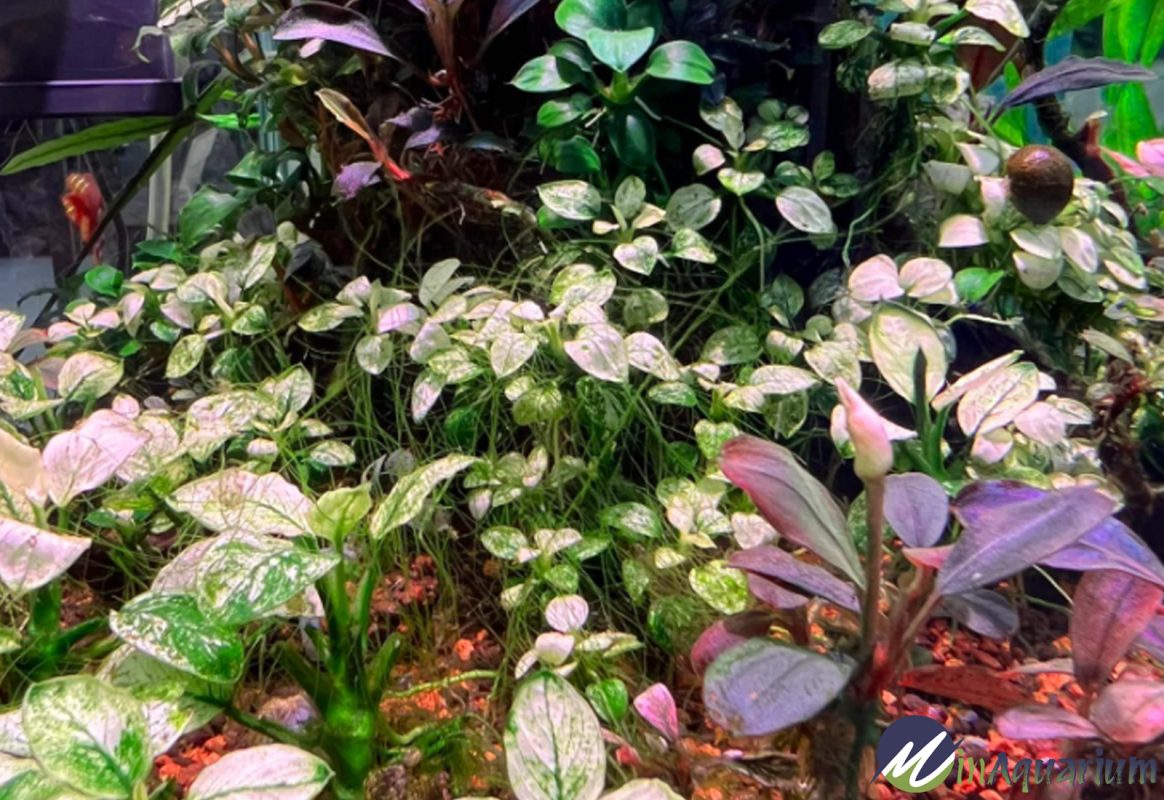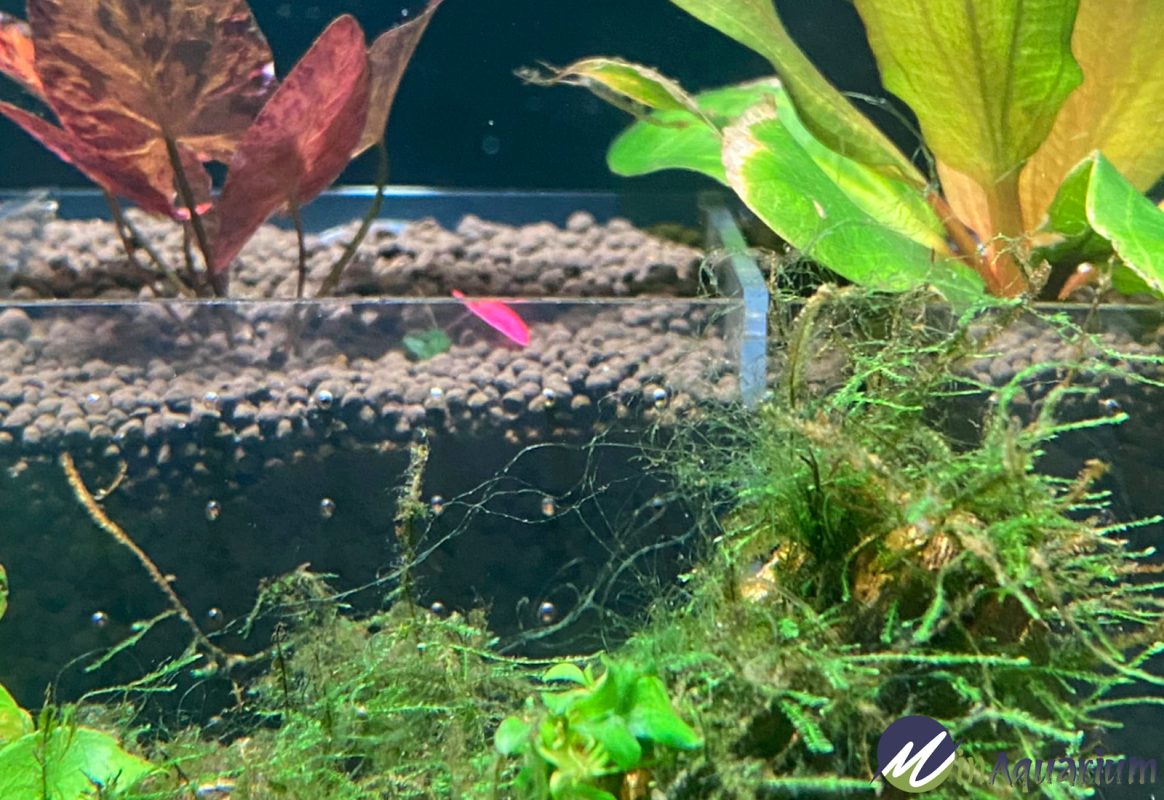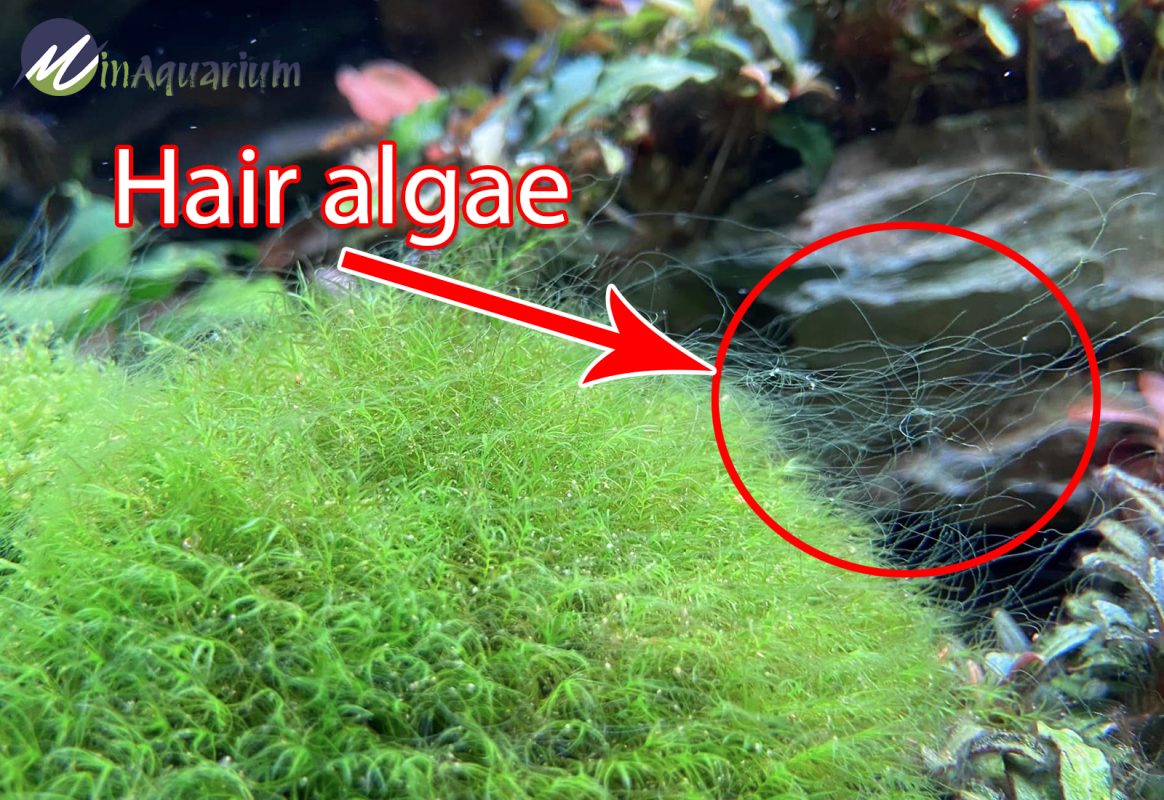Blogs
Comprehensive Guide to Hair Algae | Prevention and Removal
Hair algae, characterized by its vibrant green color and long, thread-like appearance, is a common algae found in aquariums. While not toxic to fish or invertebrates, hair algae’s ability to entangle organisms, reduce light penetration, and deplete oxygen can pose challenges. Understanding the causes and implementing effective prevention and removal strategies is crucial for maintaining a healthy and algae-free aquarium.
Hair Algae Characteristics
Appearance and Identification
- Long, thread-like strands
- Vibrant green color
- Can form dense mats, covering surfaces and plants
Types of Hair Algae
- Cladophora: Long, coarse strands, often attached to plants
- Spirogyra: Spiraled strands, can form dense clumps
- Oedogonium: Branched strands, commonly found in low-light conditions
Causes of Hair Algae

Nutrient Imbalance
- Nitrogen deficiency: Hair algae thrives in nitrogen-deficient environments
- Phosphorus deficiency: Insufficient phosphorus can lead to hair algae growth
Excessive Light
- Overlong lighting hours: Prolonged illumination promotes hair algae growth
- High light intensity: Intense light can stimulate hair algae photosynthesis
Low CO2 Levels
- Insufficient CO2: Carbon dioxide is essential for plant growth; low CO2 levels encourage hair algae to consume nutrients
Prevention Strategies
Nutrient Management
- Regular water changes: Removes excess nutrients, reducing hair algae’s food source
- Balanced fertilization: Provide plants with essential nutrients, including nitrogen, phosphorus, and potassium
Light Control
- Optimal lighting hours: Typically 8-12 hours per day
- Appropriate light intensity: Use appropriate light wattage and spectrum for aquarium size and plant requirements
CO2 Supplementation
- CO2 injection: Provides plants with essential carbon dioxide, making them more competitive against hair algae

Removal Methods
Manual Removal
- Physical removal: Using a brush or net to remove visible strands
- Vacuuming: Removing algae debris from the substrate
Biological Control
- Shrimp: Amano shrimp and other shrimp species consume hair algae
- Snails: Certain snail species, such as Nerite snails, graze on hair algae
Chemical Control
- Algaecides: Chemical treatments can kill hair algae, but use with caution and follow instructions carefully
FAQs
1. What causes hair algae to grow so quickly?
- Nutrient imbalance, excessive light, and low CO2 levels can accelerate hair algae growth.
2. How can I distinguish between hair algae and other types of algae?
- Hair algae’s long, thread-like strands and vibrant green color are distinctive.
3. Is hair algae harmful to fish and invertebrates?
- Hair algae is not toxic but can cause problems such as entanglement and oxygen depletion.
4. How often should I perform water changes to prevent hair algae?
- Regular water changes, typically weekly or bi-weekly, help remove excess nutrients.
5. What type of lighting is best for preventing hair algae?
- Balanced lighting with appropriate hours and intensity helps inhibit hair algae growth.
Conclusion
Managing hair algae requires a holistic approach, addressing nutrient balance, light control, and CO2 levels. By implementing preventive measures and utilizing removal methods, aquarists can maintain a healthy, algae-free aquarium. Regular monitoring and proactive action are key to ensuring a thriving and vibrant underwater ecosystem.
Key Takeaways
- Hair algae is a common green algae characterized by its long, thread-like appearance.
- Nutrient imbalance, excessive light, and low CO2 levels contribute to hair algae growth.
- Preventative measures include nutrient management, light control, and CO2 supplementation.
- Removal methods involve manual, biological, and chemical control.
- Regular monitoring and proactive action are essential for successful hair algae management. Yes, fluorescent lights release energy in wavelengths suitable for algal photosynthesis.
Conclusion: Maintaining an Algae-Free Sanctuary
Combating hair algae requires addressing multiple environmental variables, such as nutrient balance, lighting conditions, CO2 levels, and the introduction of competing plant life. Employing a comprehensive approach that encompasses prevention and removal techniques, aquarists can establish and sustain a vibrant, healthy ecosystem. Embrace patience and adaptability in the pursuit of a pristine aquarium unburdened by the scourge of hair algae.
Key Takeaways:
- Nutrient imbalance, excessive light, and slow plant growth trigger algae proliferation.
- Regular monitoring, timely interventions, and adherence to sound aquarium practices are key.
- Algae-eating fauna can assist but should not be relied upon exclusively.

